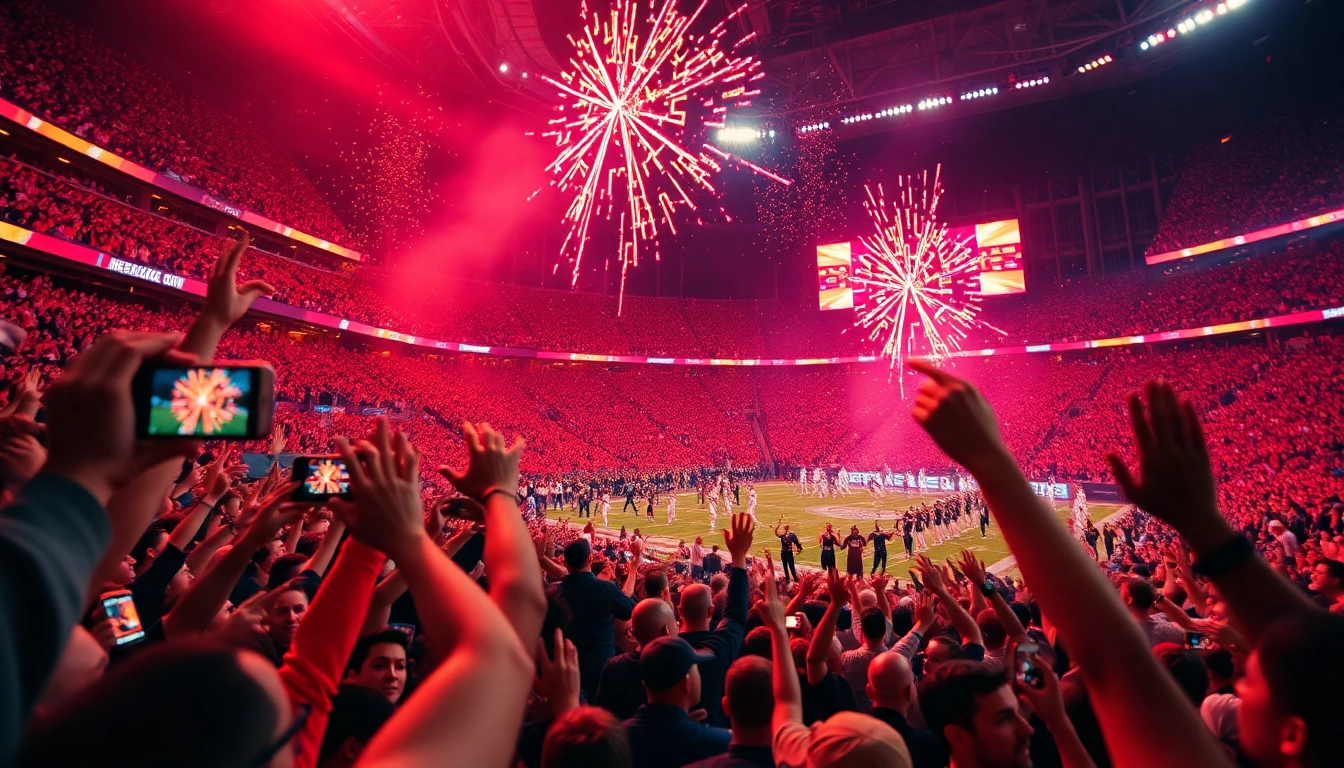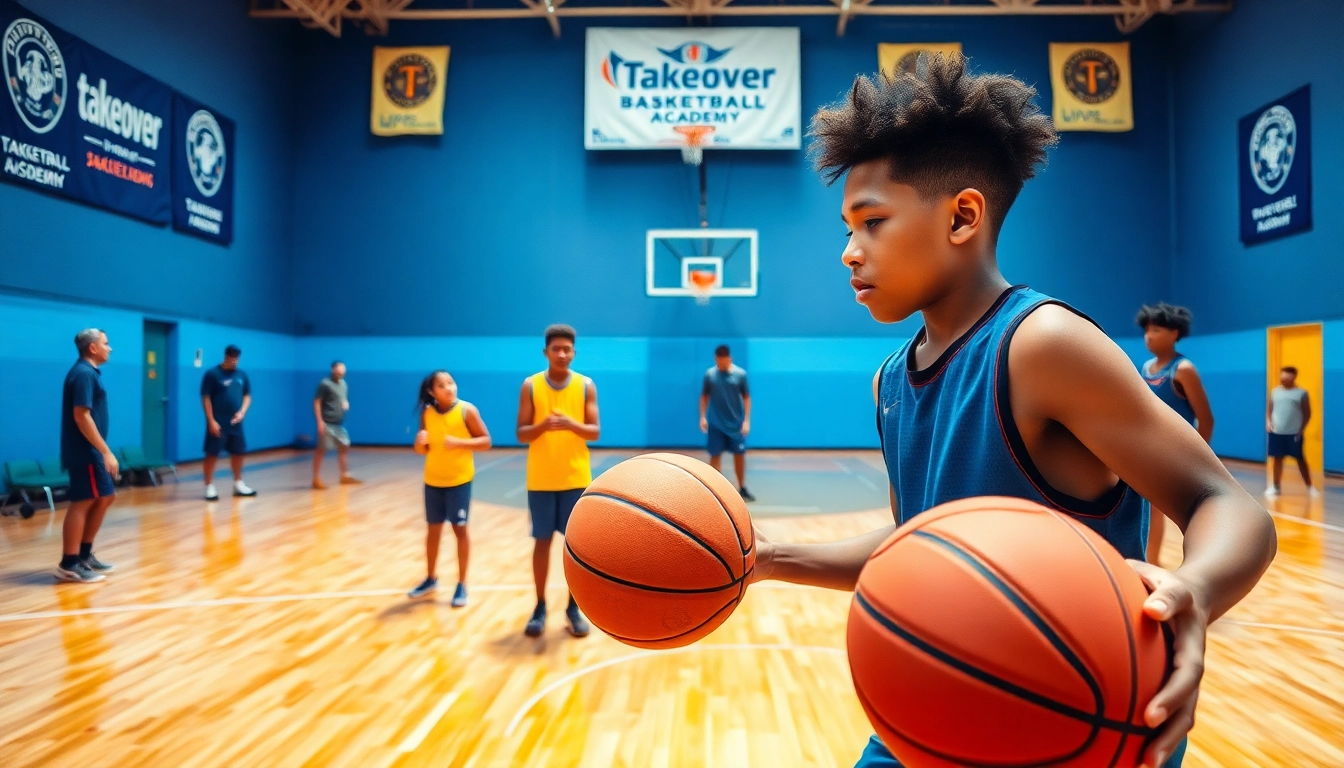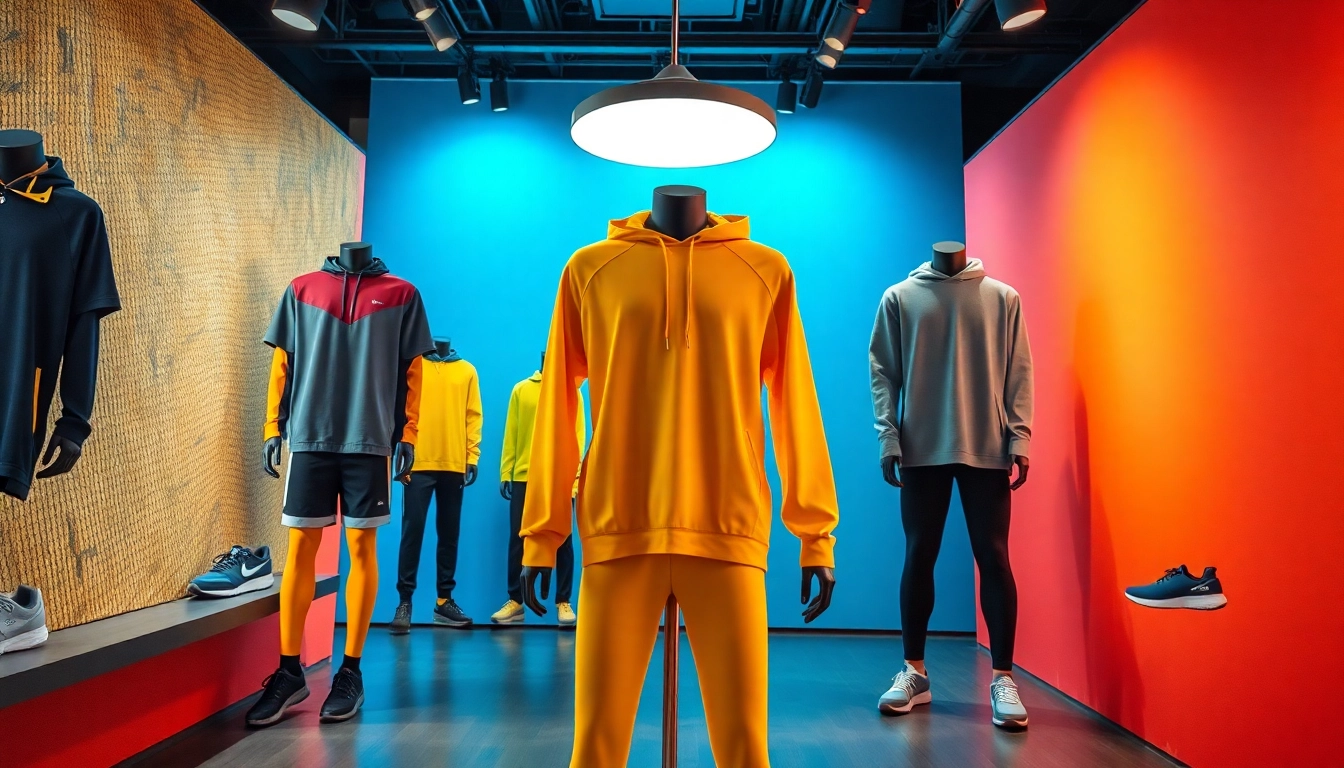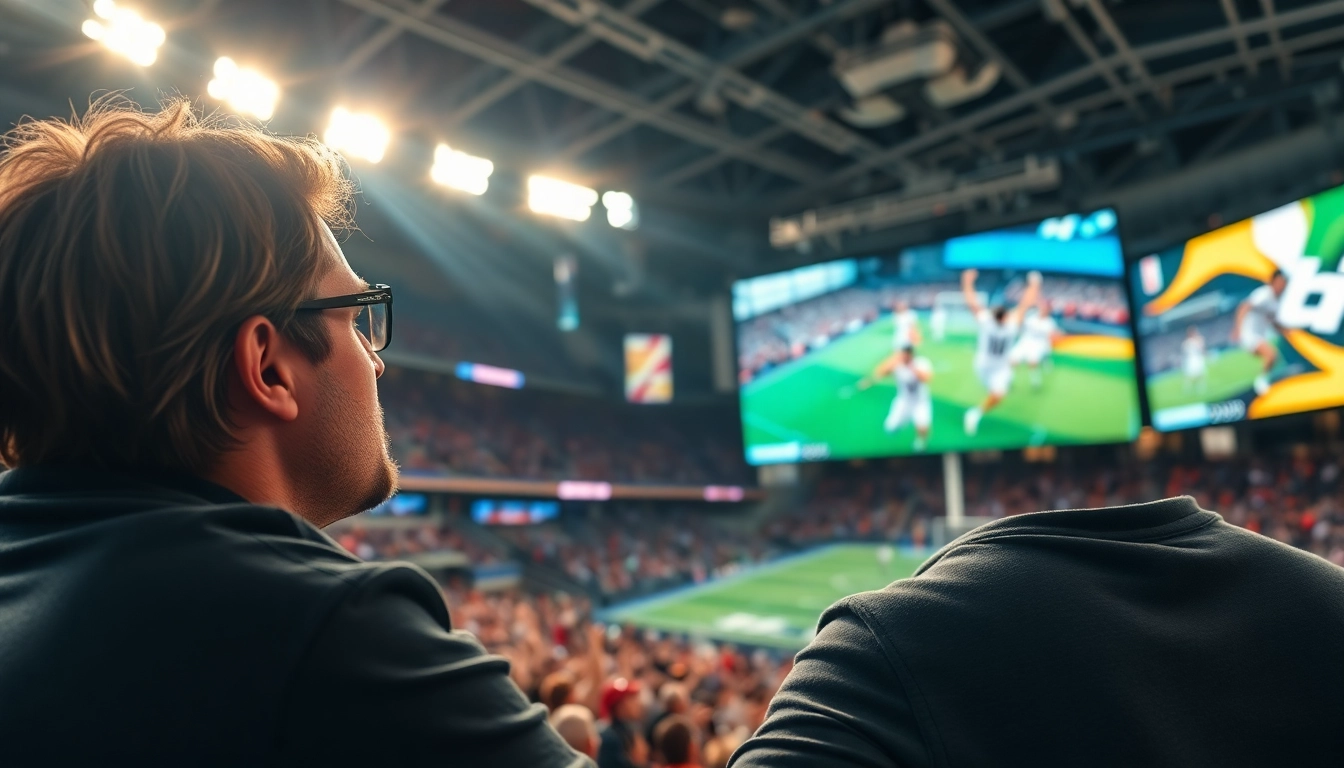The Evolution of Halftime Shows
The halftime show is a staple of the American entertainment landscape, particularly synonymous with the grand spectacle of the Super Bowl. It is not merely a break in the action of a football game; it has evolved into a cultural phenomenon, merging sports, music, and social commentary. To understand the current excitement surrounding the halftime experience, we must delve into its rich history, iconic performances, and the impact it has had on pop culture.
History of Halftime Performances
The concept of halftime entertainment in sports can be traced back to the early days of American football, where the focus was on marching bands and local choir performances. The Super Bowl’s first halftime show in 1967 featured a show by the University of Arizona Symphonic Marching Band. It wasn’t until the 1990s that halftime performances began to resemble the star-studded spectacles we know today. The shift toward hiring superstar entertainers began in earnest, leading to a series of performances that would engage viewers long after the game had concluded.
Iconic Halftime Shows Over the Years
Some halftime shows have left an indelible mark on history. For instance, the 1993 show featuring Michael Jackson changed the game. It was the first time a single superstar was at the forefront, captivating not just the stadium audience, but millions of viewers at home. Other memorable performances include Beyoncé’s unforgettable 2013 halftime show, which celebrated empowerment and unity, and Shakira and Jennifer Lopez’s high-energy performance in 2020, which emphasized cultural roots and diversity.
The Impact on Pop Culture
Halftime shows have influenced pop culture significantly, acting as catalysts for conversation about race, women’s representation, and artistic expression in the media. The performances often coincide with social movements, reflecting the cultural climate of the times. This connection helps to imbue the halftime experience with greater meaning, offering commentary about society through the lens of performance art.
Understanding the Halftime Craze
The frenzy and excitement surrounding halftime shows can be attributed to several key factors. The spectacle offers a fusion of music and performance art, creating a unique platform for expression that captures the attention of millions.
What Makes a Great Halftime Performance?
Several elements make up a successful halftime show. These include star power, staging, choreography, and thematic resonance. A performance that combines these elements often results in memorable moments that resonate with audiences long after the event. The recent trend of integrating visual effects and technology, such as drones and holograms, further elevates the performance, making it a multi-sensory experience.
Audience Engagement Strategies
Engaging the audience is crucial for any halftime show’s success. Performers often use various techniques, such as inviting celebrities to join them on stage, encouraging audience participation, or utilizing social media to create a buzz prior to the show. The integration of real-time polling allows audiences to feel directly connected to the event, impacting their viewing experience.
Analyzing Viewer Ratings and Reports
Viewer ratings are paramount for measuring a show’s success. The Super Bowl halftime show regularly garners some of the highest television ratings, drawing in viewers who might not typically watch football, thereby expanding its reach. For example, the 2022 halftime show featuring Dr. Dre, Snoop Dogg, and others attracted over 120 million viewers, indicating the pervasive interest in these performances.
Behind the Scenes of Halftime Productions
The magic of halftime shows is not just seen but intricately planned behind the scenes. From logistics to technology, several factors ensure a smooth production.
Logistics and Planning
Organizing a halftime show involves meticulous planning that begins months in advance. Teams coordinate everything from stage design and sound checks to security measures and rehearsals. The tight time constraints create additional pressures and necessitate precise execution. Typically, a halftime show lasts around 12-15 minutes, during which the entire set is constructed, performed, and disassembled—all while the game continues.
Technology in Modern Performances
Technology plays a pivotal role in elevating halftime performances. From advanced sound systems to intricate lighting designs, technological innovations transform shows into breathtaking visual spectacles. For instance, LED screens, augmented reality, and live-streaming capabilities create immersive experiences that captivate viewers both in the stadium and at home.
Challenges Faced by Performers
Performers often face numerous challenges during halftime shows. The tight schedule, audience size, and pressure to deliver a memorable performance can cause significant anxiety. Artists must adapt to unforeseen circumstances, such as last-minute changes in staging or choreography, while ensuring that their performance meets both artistic and corporate standards.
Memorable Halftime Show Artists
Over the years, many artists have graced the halftime stage, showcasing their musical talents and captivating audiences.
Spotlight on Legendary Performers
Legendary performers like Prince and Madonna have delivered unforgettable halftime shows. Prince’s performance in 2007, highlighted by his rendition of “Purple Rain,” is often cited as one of the greatest halftime moments in history due to his vocal prowess and artistic vision. Similarly, Madonna’s 2012 show, complete with a parade of dancers and guests, showcased her influence on pop music and redefined the expectations of halftime entertainment.
Emerging Artists Who Captivated Audiences
Halftime shows also serve as a platform for emerging artists to gain international exposure. Performers like The Weeknd and Bad Bunny have successfully transitioned from lesser-known acts to mainstream icons after taking the stage. These performances expose new talent to vast audiences and often precede significant commercial success.
The Role of Collaborations in Halftime Shows
Collaborations between artists have become a hallmark of halftime shows. By pairing established stars with rising talent, the shows offer fresh and dynamic performances that appeal to a wide range of viewers. These collaborations not only enhance artistic authenticity but also cultivate a sense of community within the music industry.
The Future of Halftime Entertainment
The future of halftime entertainment looks promising, with emerging trends and innovations on the horizon.
Innovations to Expect in Upcoming Shows
As technology progresses, we can expect to see more integrations of VR and AR in halftime performances. These technologies could allow viewers to experience the show in new dimensions, creating an interactive experience that blurs the line between the digital and physical worlds. Artistic concepts may also evolve, as performers push the boundaries of tradition to include more contemporary art forms.
Trends Influencing Halftime Entertainment
Trends such as social activism and inclusivity are likely to shape future halftime shows. Artists are increasingly using their platforms to speak on relevant social issues, providing a commentary that resonates with younger audiences. This approach not only engages viewers but also infuses the halftime experience with purpose and meaning.
What Fans Look Forward To
Fans anticipate greater interaction during future halftime shows, with initiatives such as live voting, mobile engagement, and audience participation elements. As cultural tastes shift, performers will continuously adapt to meet these expectations, ensuring that halftime remains a key focal point of the Super Bowl experience.



